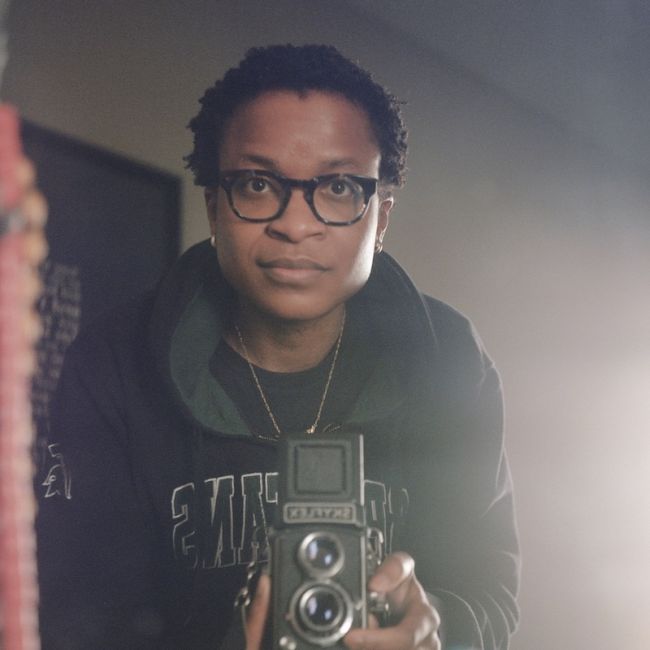Chinwe Edeani is an M.Div. student at Duke Divinity School who is completing the Certificate in Theology and the Arts alongside her degree. She has a professional background in engineering and data management and is a self-taught photographer. Chinwe’s still-life and nature photographs have been displayed in numerous galleries and shows in Baltimore, MD. She is also a regular contributor to Viewfinders, an online publication about art and photography. Her academic, theological, and artistic work focuses on light and shadows. She holds a master of arts from St. Mary’s Ecumenical Institute in Baltimore. Learn more about her at photosbychinwe.com.
What brought you to Duke Divinity and the Certificate in Theology and the Arts? Tell us a little bit about yourself prior to your time here at Duke Divinity.
Before coming to Duke Divinity full time, I worked as a software engineer in Baltimore. I most recently worked on the team that built and maintains the data archive for several space telescopes, including the James Webb Space Telescope. During that time, I also studied part-time at the St. Mary’s Ecumenical Institute and graduated with a master of arts degree in theology in 2021. I’ve always been interested in many forms of art and got into photography many years ago. As a way of engaging the world, I found photography to be a rich practice through which I experience grace. In my photography, I am often capturing the boundary between light and darkness, the shadow places—an interest prompted in part by my work on space telescopes but also in part by my theological leanings.
During my time at St. Mary’s, I became interested in how the search for beauty is related to the love of God, particularly how we are shaped generatively in shadow places. And I wanted language to think about these theological concepts and to study at a place where I could weave together my theological and artistic interests, so I was very excited to come to Duke Divinity and engage these concepts with DITA.
How has the Certificate coursework shaped both your academic thinking and your art? Tell us a bit about your time here at DITA so far.
I am only in my second semester here, but so far it’s been very meaningful. The “Introduction to Theology and the Arts” class last semester was a nice survey of various art forms and the ways in which they can communicate the breadth of God’s goodness and deepen our love of God. In the class, when we engaged any piece of art, Dr. Train challenged us to think about how it works, how the art is making meaning through its form. One of our projects got us thinking about how art can interpret scripture and vice versa. The boundaries between what we might consider “secular” and “sacred” are not as fixed as we might think, and my coursework at DITA has helped me explore the spaces between boundaries we have historically thought were fixed—such as light and darkness, sacred and secular.






